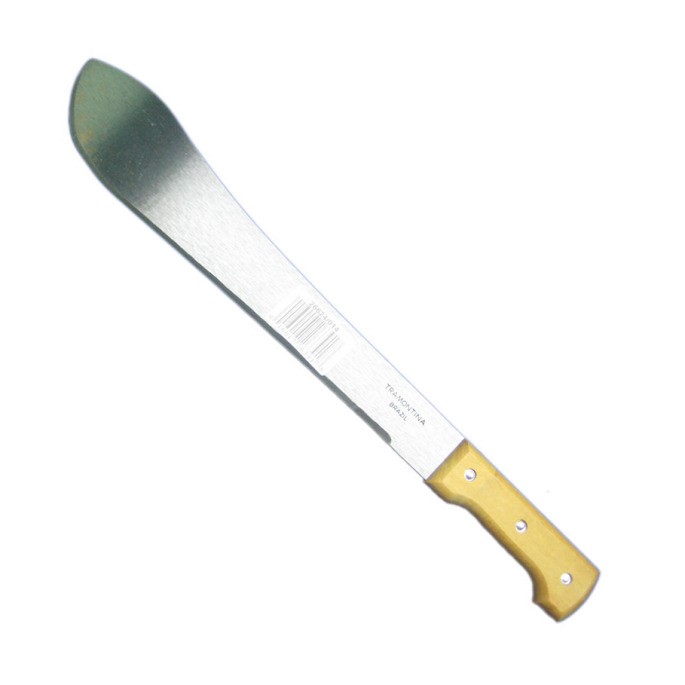I've noticed something with a ton of freehand sharpening videos: it seems most show either sharpening big, mostly straight kitchen knives, or mostly straight folders with blades < 4". It takes a somewhat different technique to sharpen a knife that has a deep belly or large curved area. I'm interested to see how some of the 'pros' here (or anywhere) handle this challenge. Not finding a ton of great videos for doing this freehand. A couple years ago I sharpened this guy which has a deep belly curve, and to do that I used sort of a wide u-shaped motion on the stone, back and forth, to get consistent coverage of the belly area.
What's the best video you've seen on freehand sharpening a big knife with a deep belly curve? (And if you a video of your own, don't be modest, link away! )
)
Best posted advice I've gotten to date came from HeavyHanded
in the thread I linked on the Elmax blade:
HeavyHanded
in the thread I linked on the Elmax blade:
What's the best video you've seen on freehand sharpening a big knife with a deep belly curve? (And if you a video of your own, don't be modest, link away!
Best posted advice I've gotten to date came from
Limit how much you scrub through the belly area. It is OK for stock removal, but once you get close, switch to a sweep at least through the belly. It is otherwise not possible to get a clean cosmetic surface on broad bevel + pronounced belly. It can be a sweep back and forth, but it should encompass the start of the belly through to the tip or just shy of the tip. Stop often to inspect and make sure the ares to either side of the sweep zone are blending in well.





